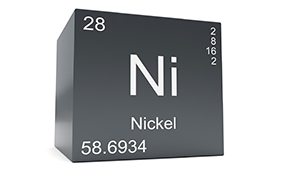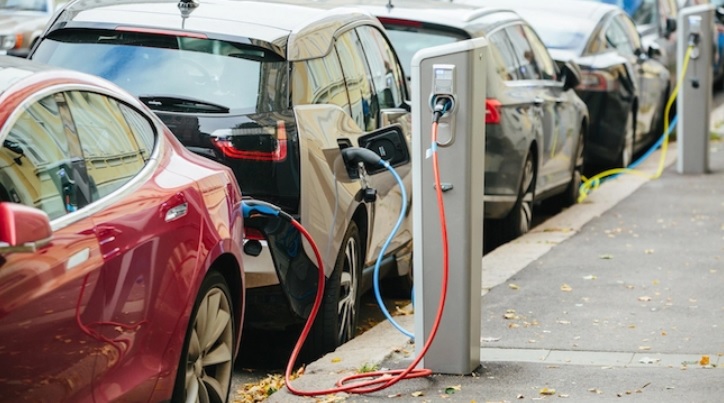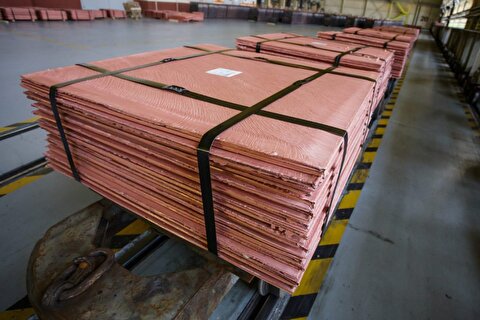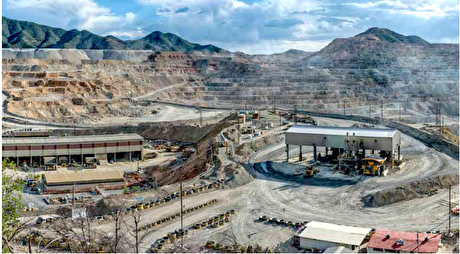
Cobalt, nickel, other battery metals face supply crunch by 2020s — WoodMac

The firm’s latest research shows that sales of passenger EVs, including hybrid electric vehicles (HEV), jumped by more than 24% last year. And while HEVs had the smallest growth, they made up over 60% of EV sales.
WoodMac expects global sales of EVs to account for 7% of all passenger car demand by 2025, 14% by 2030 and 38% by 2040.
“Battery pack sizes continue to trend larger through the medium term, resulting in overall greater battery demand. We have seen the first announcements of the commercialization of NMC 811 cells in EVs,” says Gavin Montgomery, WoodMac research director.
We expect to see an increased nickel demand at the expense of cobalt, and to a lesser extent, lithium
Gavin Montgomery, WoodMac Research Director
Unsurprisingly, Montgomery notes, China was the first market mover, but a number of other nations and companies are moving towards mass production of 811 cells before the end the year.
South Korean SK Innovation, for once, is already in talks to set up separate battery-making joint ventures with Volkswagen AG and Chinese partners, as part of the petrochemicals producer’s aggressive plans to tap into the EV market.
“While still conservative on mass market uptake for [811 cells], we are more optimistic in regards to adoption. As such, we expect to see an increased nickel demand at the expense of cobalt, and to a lesser extent, lithium,” the analyst says.
Most car makers, including Volkswagen, Ford Motor, Toyota and BMW have already stated they would go completely electric by 2050.
WoodMac warns that, unless battery technology is developed, tested, commercialized, manufactured and integrated into EVs and their supply chains faster than ever before, it will be impossible for many EV targets and ICE (Internal Combustion Engines) bans to be achieved. “This will pose issues for current EV adoption rate projections,” Montgomery says.
Lithium prices to fall further
In the past year, spot prices for lithium carbonate have fallen by just under $7000 a tonne, affecting top producers and juniors alike.
“This is in an environment where the major brine producers in South America have failed to ramp up capacity. Clearly, the first responders to the lithium boom – Australian hard rock mines – have the capability to quickly deliver the required tonnages. Meanwhile, the bottleneck in Chinese conversion capacity that was supporting prices is giving way as China emerges as a net exporter of lithium chemicals to the region.
Expected strong lithium demand will not be able to offset a decline in prices, even though the need for the commodity from battery makers alone will jump 650% by 2027.
“It has only taken a few years for the battery sector to become the largest demand driver for lithium. Lithium’s use in every lithium-ion battery type means it will have double-digit annual growth, making up over 80% of total lithium demand by 2030,” Montgomery adds. The study also reveals that the cobalt market will see an oversupply of intermediate products such as hydroxide until at least 2024.
The firm also suggests that investment in new nickel projects are needed now as mines can take up to 10 years to develop.



Gold price eases after Trump downplays clash with Fed chair Powell

Copper price hits new record as tariff deadline looms

Brazil producers look to halt pig iron output as US tariff threat crimps demand

Three workers rescued after 60 hours trapped in Canada mine

Gold price could hit $4,000 by year-end, says Fidelity

Chile’s 2025 vote puts mining sector’s future on the line

US targets mine waste to boost local critical minerals supply

Energy Fuels surges to 3-year high as it begins heavy rare earth production

Glencore workers brace for layoffs on looming Mount Isa shutdown

Trump tariff surprise triggers implosion of massive copper trade

Maxus expands land holdings at Quarry antimony project in British Columbia

BHP, Vale accused of ‘cheating’ UK law firm out of $1.7 billion in fees

Southern Copper eyes $10.2B Mexico investment pending talks

American Tungsten gets site remediation plan approved for Ima mine in Idaho

Kinross divests entire 12% stake in Yukon-focused White Gold

Gold price could hit $4,000 by year-end, says Fidelity

Southern Copper expects turmoil from US-China trade war to hit copper

Ramaco Resources secures five year permit for Brook rare earth mine in Wyoming

Column: EU’s pledge for $250 billion of US energy imports is delusional

Trump tariff surprise triggers implosion of massive copper trade

Maxus expands land holdings at Quarry antimony project in British Columbia

BHP, Vale accused of ‘cheating’ UK law firm out of $1.7 billion in fees

Southern Copper eyes $10.2B Mexico investment pending talks

American Tungsten gets site remediation plan approved for Ima mine in Idaho

Kinross divests entire 12% stake in Yukon-focused White Gold

Gold price could hit $4,000 by year-end, says Fidelity

Southern Copper expects turmoil from US-China trade war to hit copper

Ramaco Resources secures five year permit for Brook rare earth mine in Wyoming














